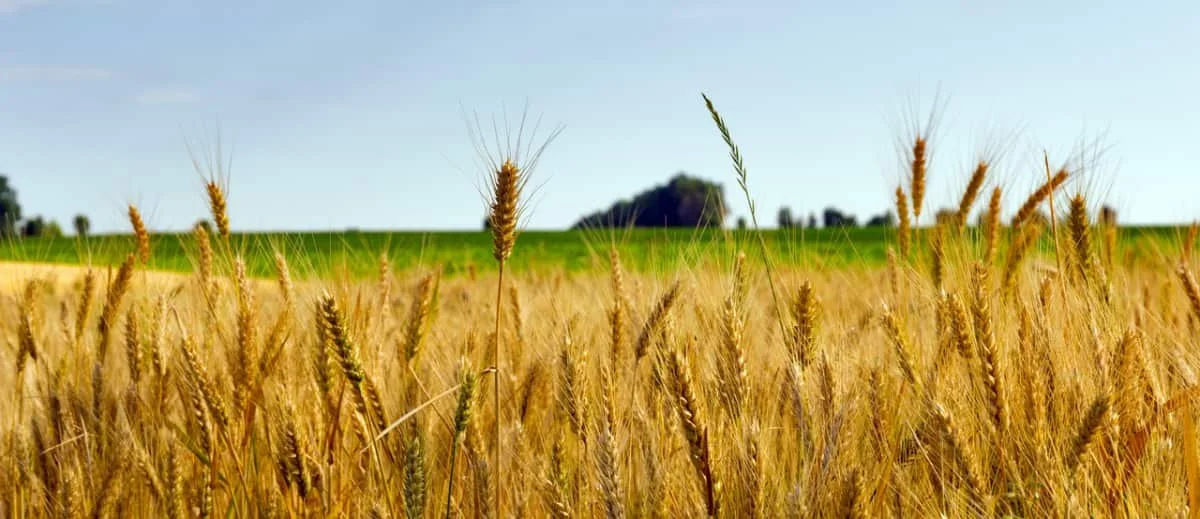Crop Report for the Period ending Aug 8
The past week saw very sporadic weather systems move through Saskatchewan with some regions having hot dry days while others experienced cool rainy days that have further delayed crop development. Producers in the latter areas would like to see some hot dry weather to help crops mature and allow for harvest to begin.
Most of the province has not started harvest operations; overall progress has reached one per cent as producers in the southwest and west central regions get their harvesting operations in full swing. This is slightly behind the five-year average (2017-2021) of two per cent. At this time in 2021, the provincial harvest progress was seven per cent, illustrating just how different the growing conditions have been in the province between this year and last.
Most of the southern half of the province did not get much rain over the past week, with most rainfall reports being between trace amounts and 10 mm; the Weyburn area, however, received 25 mm. Further north, the Rosthern and Hague areas received 35 mm, while in the west, Macklin area producers received up to 61 mm over the course of an evening. Prince Albert also received some localized and very heavy rainfall, with some producers reporting 71 mm over two days. The rain will be beneficial to pasture land and flowering crops, but producers would like to see warmer weather in the forecast to speed up crop development.
The declining trend in topsoil moisture continues as rains overall have been quite minor and infrequent during the past few weeks. Cropland topsoil moisture is currently rated as three per cent surplus, 58 per cent adequate, 24 per cent short and 15 per cent very short. Hay and pasture land topsoil moisture is rated as two per cent surplus, 56 per cent adequate, 22 per cent short and 20 per cent very short.
Many livestock producers have struggled with their haying operations this summer due to rainy weather either delaying cutting and baling or, in some cases, strong winds blowing away swathed hay. Many producers are still finishing up their operations while others have finally completed haying; hay yields appear to be average or above average in the east and north regions and below average in the southwest and west central regions. Estimated average dryland hay yields for the province are 1.52 tons per acre for alfalfa, 1.5 tons per acre for alfalfa/bromegrass, 1.20 tons per acre for other tame hay, 1.0 tons per acre for wild hay and 2.2 tons per acre for greenfeed. Estimated average irrigated hay yields are 2.5 tons per acre for alfalfa, 1.74 tons per acre for alfalfa/bromegrass and 2.8 tons per acre for greenfeed.
The majority of crop damage this week was due to wind, heavy rains, hail, drought stress, heat, wildlife and grasshoppers. Some parts of the northwest reported a light ground frost over the past week- no crop damage was reported but producers are conscious of what an early season frost would do to their crop.
Farmers are busy wrapping up haying, getting ready for harvest, desiccating and swathing crops and combining in some areas.

